Euroatlas and EvoLogics will be presenting their latest development at the UDT (Undersea Defence Technology), which began on 25 March in Oslo: the GREYSHARK™ underwater drone.
This is an autonomous underwater vehicle that sets new standards in terms of endurance, speed and versatility. According to the manufacturer, Greyshark could be one of the most versatile and enduring AUVs in its class. Following its presentation at Euronaval in November 2024 and at Xponential Europe in Düsseldorf in February 2025, the joint product from Euroatlas and EvoLogics will be a crowd-puller in Oslo.
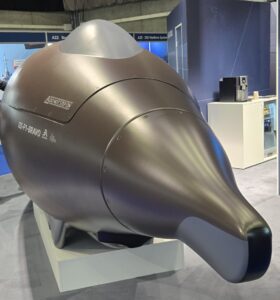
Greyshark - it's the nose that counts. Photo: hum
Fuel-Cell enables long operating times
With an operating time of up to 16 weeks at low speed and ranges of 1,100+ nautical miles (at 10 knots) or 8,000+ nautical miles (at 4 knots), it enables long-lasting and far-reaching missions. The drone reaches over 10 knots in operational use. Its small turning circle geometry and ability to dive vertically give it flexibility. The system is powered by a fuel cell system in combination with a non-permanent magnetic electric ring motor and a segmented ring rotor propeller. Depths of 650 metres and 4,000 metres can be reached in two diving stages. Navigation is based on a combination of different technologies, including inertial navigation, Doppler log speed measurement, obstacle detection, satellite-based (GPS) and acoustic positioning. Its biologically inspired, hydrodynamically optimised hull shape, combined with noise and infrared reduction measures, give the drone stealth properties.
Versatile application options
The comprehensive sensor system enables extensive reconnaissance. In addition to standard components such as the electromagnetic sensor array (EMSA), Forward Looking Sonar (FLS), Sound Velocity Sensor (SVS), Imaging and Laser System (ILS), Multibeam Echosounder (MBES) and Synthetic Aperture Sonar (SAS), LiDAR (Light Detection and Ranging) and Front-Facing Multibeam (MBES) as well as an Imaging System (IS) are also used. LiDAR and MBES enable 3D mapping of the underwater environment. A high-resolution, multispectral camera system with LED lighting provides detailed visual images for target identification and inspection.
Integrated artificial intelligence (AI) will enable automatic target detection, collision and obstacle avoidance as well as dynamic adjustments to the mission based on the sensor data collected in real time.
The drone, which stands out with its hydrodynamic design and is almost 8 metres long, 1.8 metres in diameter and weighs 4.5 tonnes, can be transported thanks to a winch integrated into the standard 40-foot container, which means that all relocation scenarios can be covered. A second 40-foot container is required for resupply.
In addition to the maintenance package, the accessories include everything you need for use: The control station, a remote signalling system, an underwater communication and tracking station and a remote control handset.
The drone can be deployed individually or in a swarm. This opens up a range of deployment options - from simple surveillance missions to reconnaissance, including mine detection and further deterrence of submarines. Possible deployment scenarios include remote reconnaissance, the protection of critical infrastructure (KRITIS), response options for threats off the coast and mine detection.
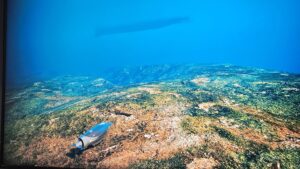
Greyshark - in action.
Screenshot Euroatlas
The "penguin" is due to fledge in April
A prototype is currently being manufactured at Fassmer in Berne - its completion is scheduled for 13 April, followed by the first open water test on 14 April. The system has already been included in the NATO DAT-POW Manta (Defence Against Terrorism - Program of Work) programme and is due to take part in REPMUS (Robotic Experimentation and Prototyping using Maritime Uncrewed Systems) in Portugal in September 2025. It is also a candidate for the German Navy's OPEX (Operational Experimentation) programme.
When asked by marineforum, the price was put in the single-digit million range. Thanks to the drone's mass production capability - comparable to standards in the automotive sector - 150 units could be made available immediately if required. Production could even be expanded to 500 units.
Without wishing to prejudge its operational suitability, it should be noted that the Greyshark is a German-made underwater drone with impressive operational parameters, advanced technology and modular design. With its unusual shape, reminiscent of penguins hunting in a dive, it also stands out from the usual offerings in this segment. It is to be hoped that it will also be convincing in operational terms. Then it could be available before the time when the escalation scenarios assumed by experts and politicians could be expected.

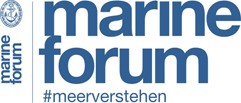
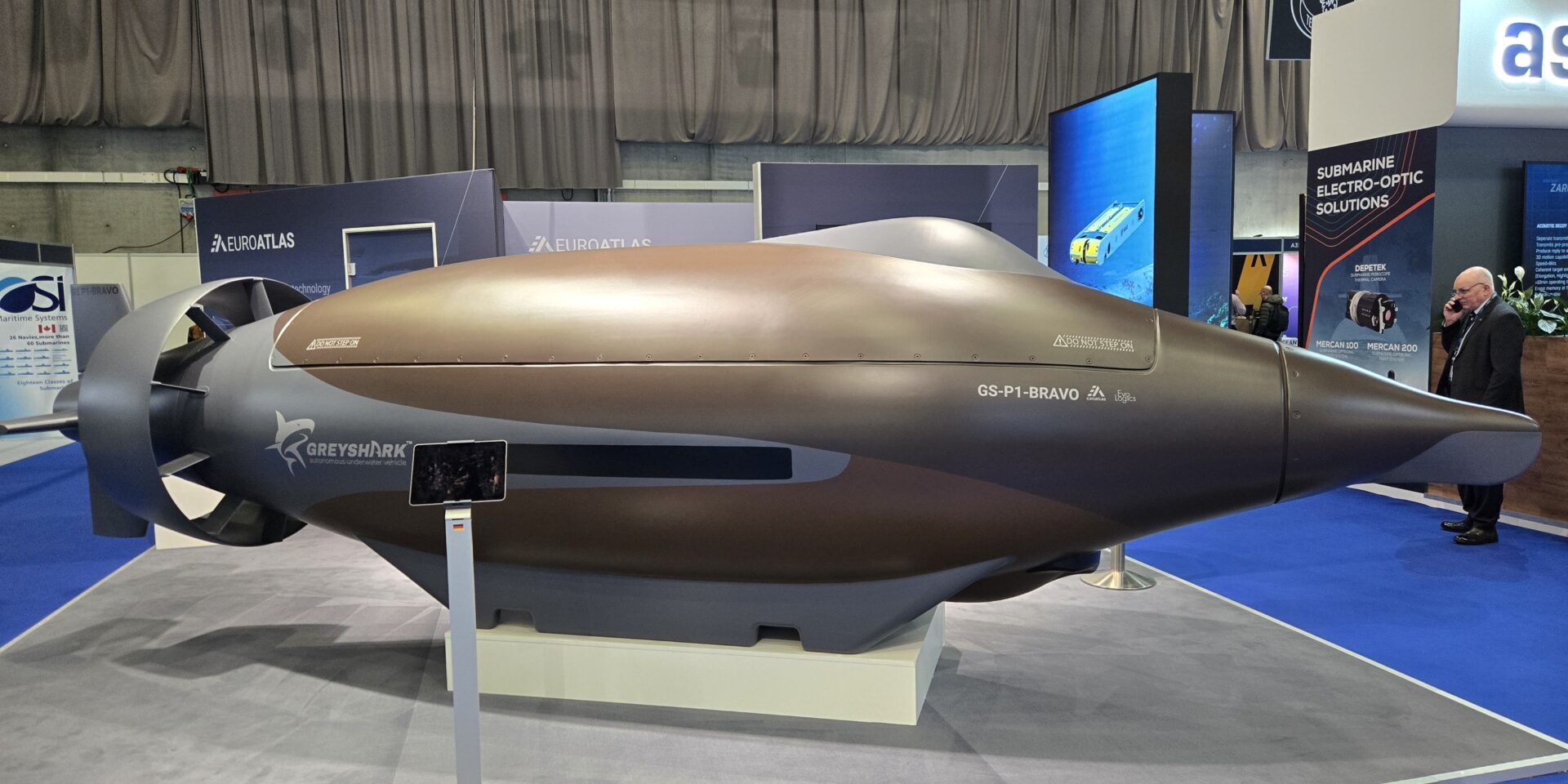








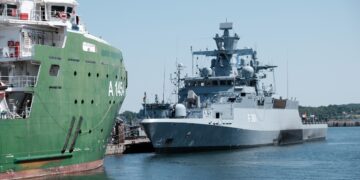
0 Kommentare